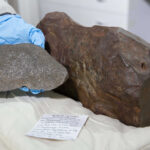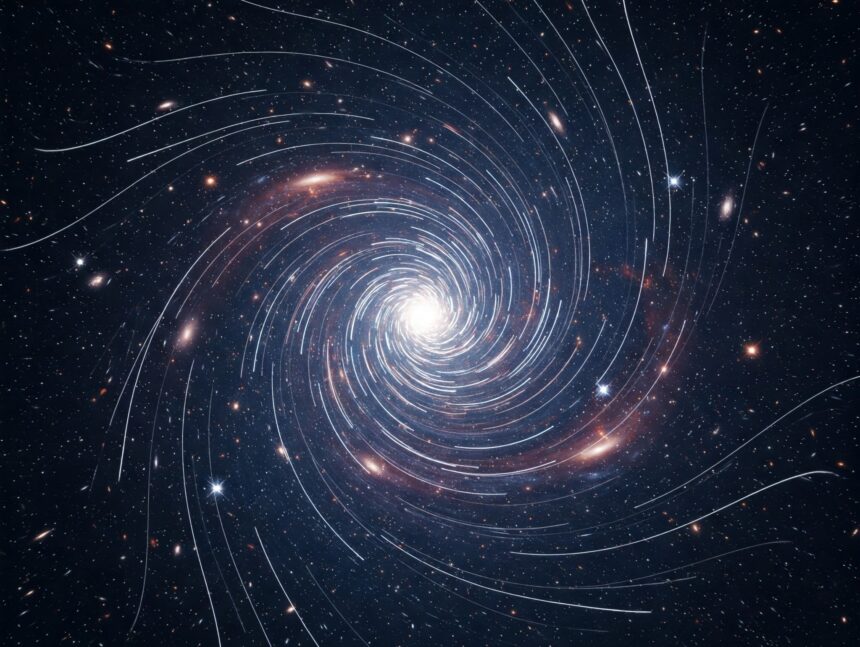A team of astronomers has just found a possible explanation for one of the greatest mysteries in contemporary cosmology. Different measurements of the universe’s expansion are disagreed among scientists because it is likely rotating on its axis while expanding.
The research, published in the journal Monthly Notices of the Royal Astronomical Society, presents a theoretical model in which the universe completes a rotation every 500 billion years. By contrast, its current age is 13.8 billion years, 2.76% of that supposed full rotation. The rotational motion is too slow even for cosmic formation scales, but, in the words of the University of Hawaii researchers, “it is sufficient to affect the way space expands over time.”
By considering angular velocity, the scientists found that the Hubble constant becomes consistent with both local measurements and those of the cosmic microwave background (CMB). The model is also compatible with other proposals that assume the rotation of the universe while not violating the known laws of physics. “Paraphrasing the Greek philosopher Heraclitus of Ephesus, who said Panta Rhei (everything turns),” said Istvan Szapudi, one of the lead authors of the paper.
The Hubble Tension or Why We Don’t Seem to Understand the History of the Universe
Scientists have realised that galaxies are moving away from each other because space is literally emerging between them. The current cosmological consensus holds that the universe is expanding and that the rate at which it is expanding evolves over time. What they disagree on is the current rate at which the cosmos is “growing.” The two best methodologies for calculating the constant yield different results, and no one knows exactly why.
When using the CMB, cosmologists obtain a value for the Hubble constant of 67 kilometers per second per megaparsec (one megaparsec is equal to 3.26 million light-years). However, if scientists measure the expansion of the universe through the luminosity of supernovae, the Hubble constant yields a range between 73 and 75 kilometers per second per megaparsec.
This discrepancy, or Hubble tension, is not interpreted as a simple error in the measurements (the James Webb Telescope has already ruled out technical errors), but rather as a sign of a partial lack of understanding of the fundamental physics of the universe. The cosmic puzzle is missing pieces, and researchers don’t even know what shape it should take.
One likely explanation for the tension is that the universe is rotating. The model the authors created is consistent and also supports other controversial hypotheses, such as the one that says the universe is inside a black hole. However, there are also other equally intriguing proposals, such as the presence of particles, interactions, or early energies that have not been detected to date.





